The method of tea garden management is crucial to the quality of tea, with the rational use of pesticides and fertilizers compensating for the inherent deficiencies of the tea garden`s nutrients. The judicious use of pesticides can treat or prevent pests and diseases, much like how medication assists in treating illnesses in humans.
Pesticide residue exceeding safe limits is a serious issue. It`s essential to pay attention to the effective period of pesticides, and tea leaves can only be harvested and processed after this period has passed. This is well-known knowledge, but why does pesticide residue exceed safe limits? Several reasons include:
The tea garden is too large, making it impossible to wait until the pesticide`s effective period has ended before harvesting, as this would cause the tea leaves to age.
Abnormal weather conditions change the rate at which tea leaves metabolize pesticides.
The use of “especially effective” pesticides, which usually come from small factories with no safety guarantees.
Pesticide dilution ratios are based on guesswork, and if ineffective, individuals might “strengthen” the dosage themselves.
Pesticide spraying equipment is not cleaned properly.
To avoid wasting pesticides, farmers from neighboring fields might spray each other`s crops.
Drift pollution.
Rational use of pesticides will take care of the health of the tea plants. For example, Qingxin Oolong, without pesticides, the sweet tea leaves would become a feast for insects. Rational use of fertilizers will also supplement the nutrients lacking in the soil, indirectly adjusting the quality of the tea leaves. Not all soil compositions are perfect and suitable for the growth of tea plants. Yushan Tea Visit once experimented with “genuine organic” farming methods, growing for about 10 years. The tea garden had no neighboring fields, used no pesticides, and only used organic soybean meal and barley husk as fertilizer. They adopted biological pest control and manual weeding, mainly cultivating the Qingxin Oolong variety, which often could not withstand pests and diseases, making it common for only the trunk to remain or even for the plants to die. After many years and multiple replantings, relatively strong varieties of Qingxin Oolong were left. This aligns with Darwin`s theory of natural selection, where the fittest survive and the unfit are eliminated.
In a little over one acre of land, harvesting four times a year, the average annual yield is 80 kg. Normally, one acre of land harvested four times a year can produce 1,200 kg. In terms of tea quality, it fully demonstrates the “taste” of the land, with a deep aroma and a strong taste. Because no chemicals are applied in the tea garden, the ecosystem is rich with grasshoppers, spiders, butterflies, frogs, snakes, etc., being quite common. Sometimes, a wild rabbit will come out for a stroll, being very shy and running away quickly upon seeing people. If it can`t run, it will hide its head in the ground as if nothing has happened.
The balance between tea garden yield and ecology is our continuous goal.
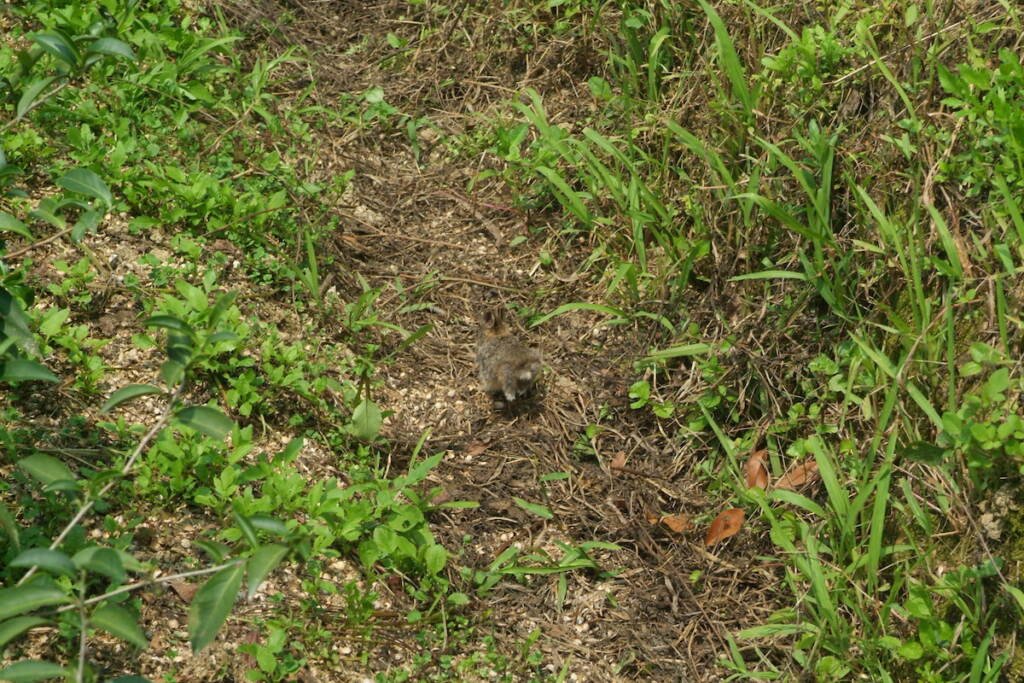
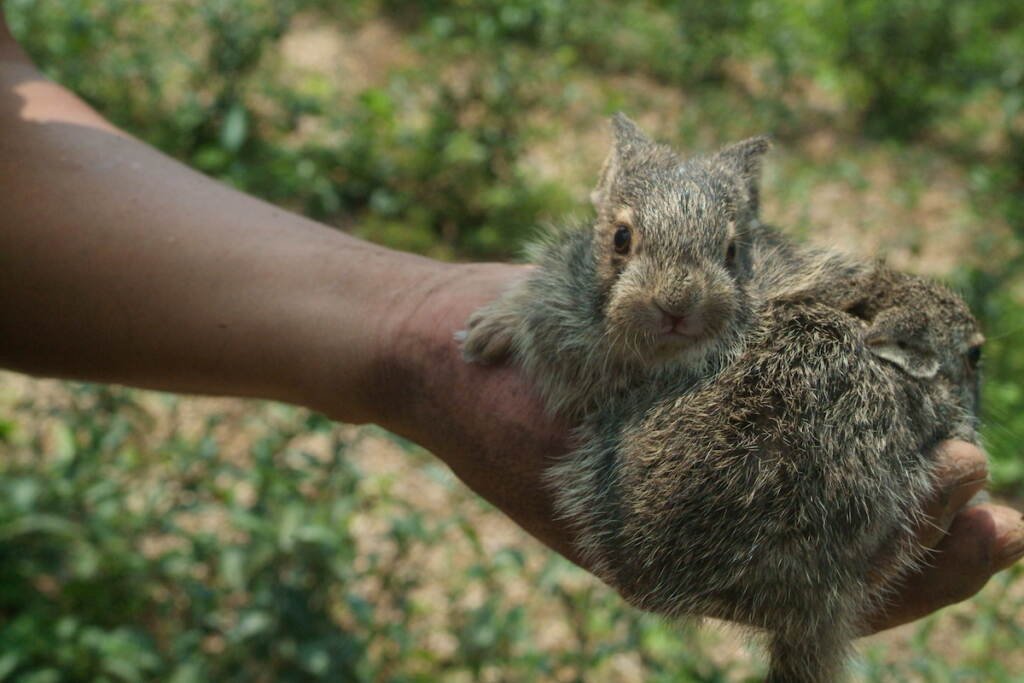

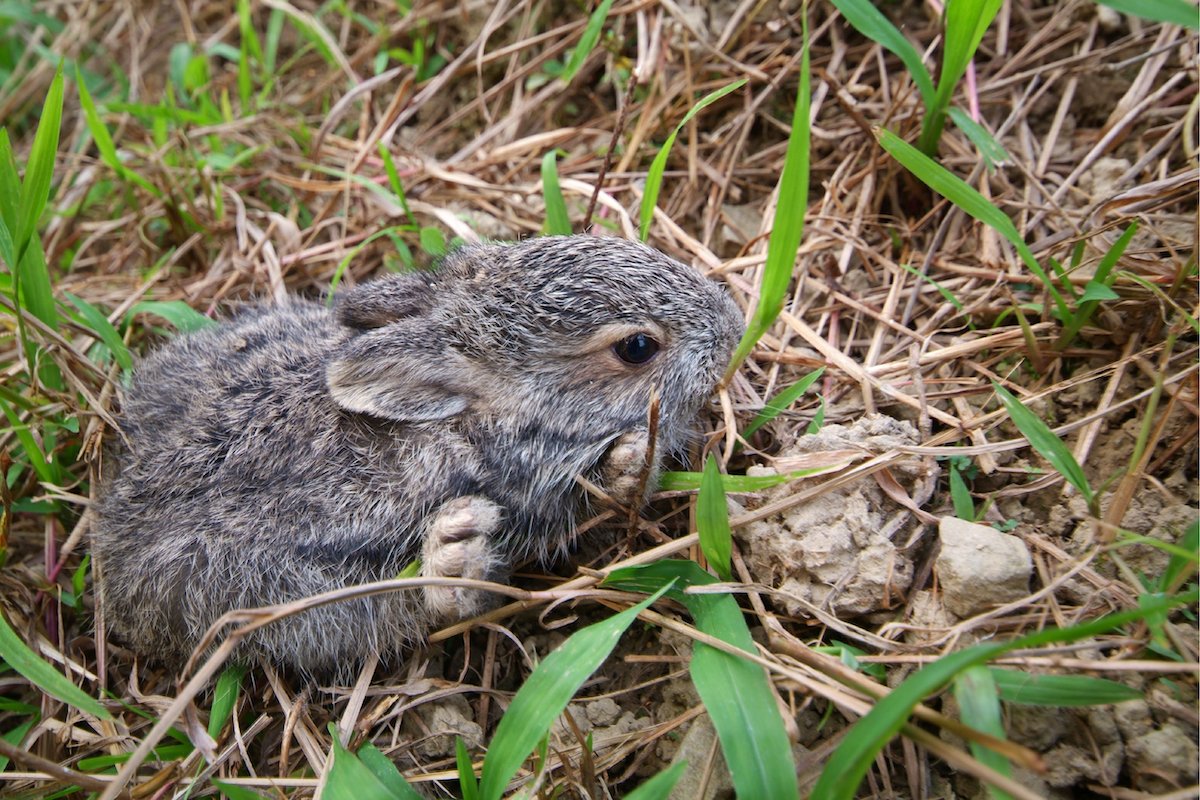
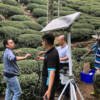
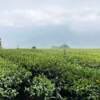
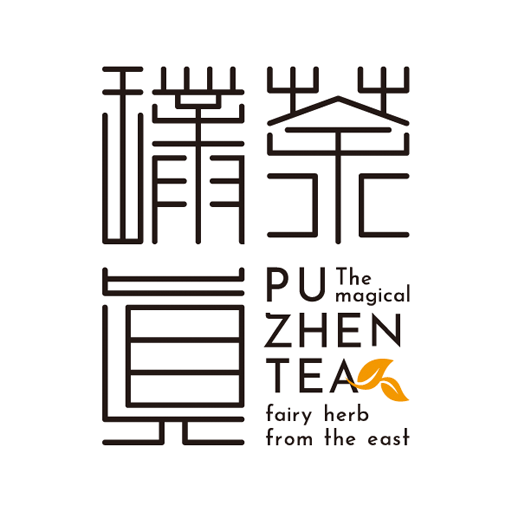
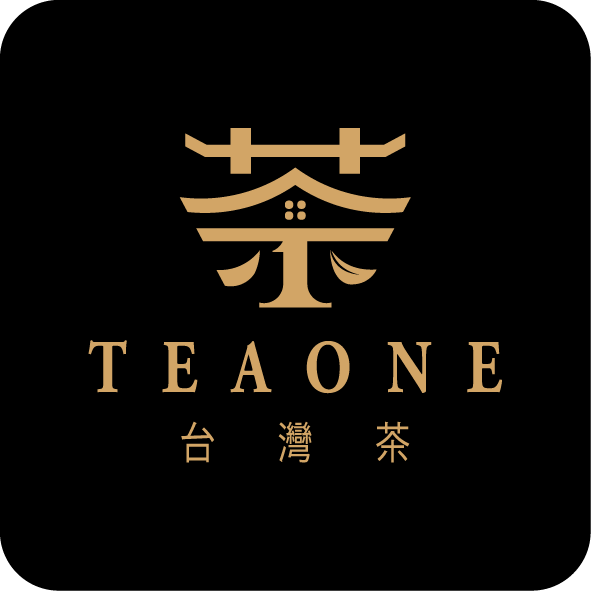
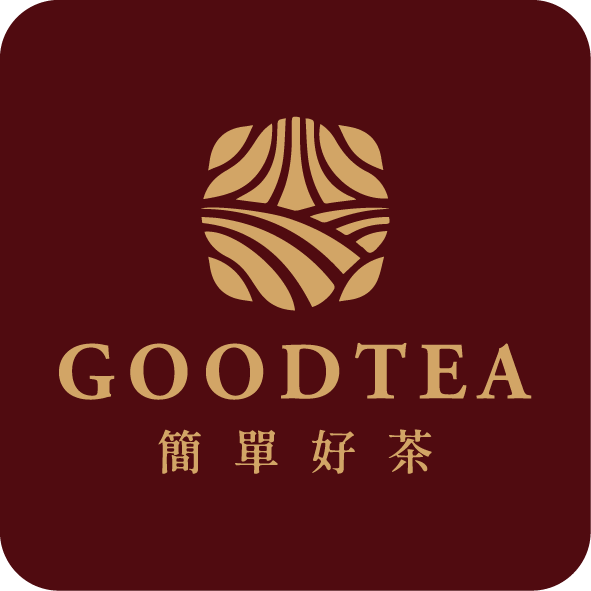
Leave a reply